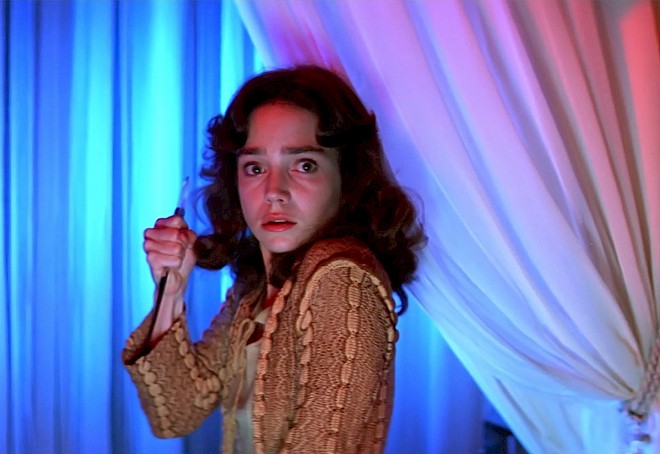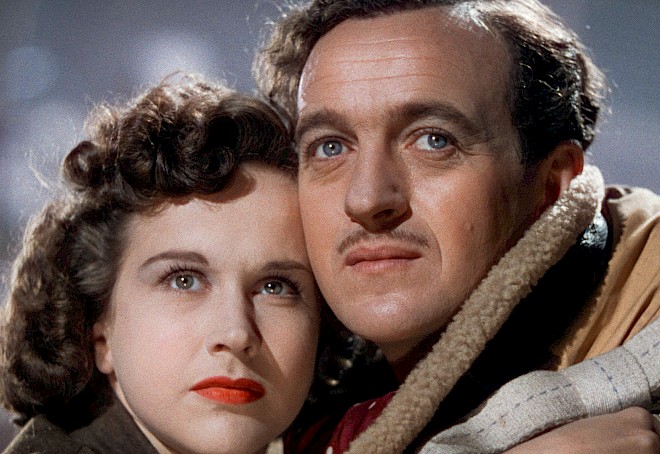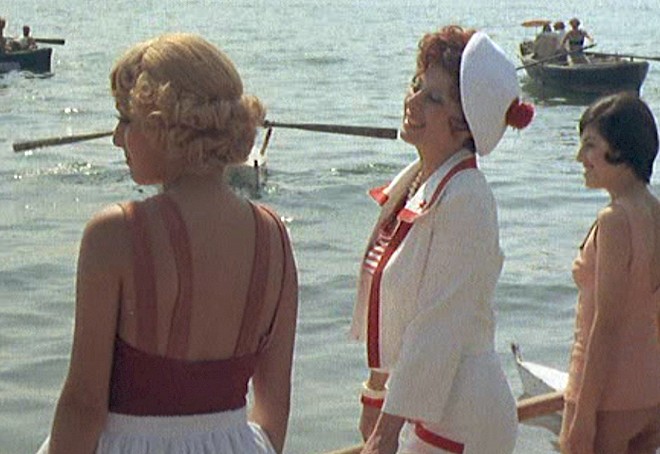Around the World in Technicolor
A season of films showcasing the history of Technicolor filmmaking, taking us around the world to the far reaches of its influence.
From wartime Britain to a German school of dance run by witches and all the way to the Bengal River, all in beautiful vivid colours.
These films present important snapshots in time of these cultures and show off the incredible filmmaking of these lauded directors and their crews.
Technicolor changed the course of cinema forever with bright and bold visuals, saturated to the point of near-surreality.
Technicolor is a series of processes used to first produce colour in motion pictures. From 1916 to 1932, the Technicolor company tinkered with its system so that the process of colouring films became accessible to Hollywood. Today, Technicolor is perhaps more known for the end result of the colouring process than the process itself.
By the early 1930’s, Technicolor developed a brand-new camera, which utilised a three-colour system (otherwise known as three strip Technicolor) rather than a two-colour system. And instead of recording only one negative, this new camera recorded three. Each of the three negatives were responsible for either red, blue, or green. Once Technicolor caught on with Filmmakers and audiences, it became the gold standard for film colourisation for several decades. Even with its efforts to provide the best possible colour imagery, though, Technicolor was no longer in demand as technological advances in filmmaking rendered it obsolete by the mid-1970s, but its influence and importance live on to this day.
Joe Horner - Box Office



